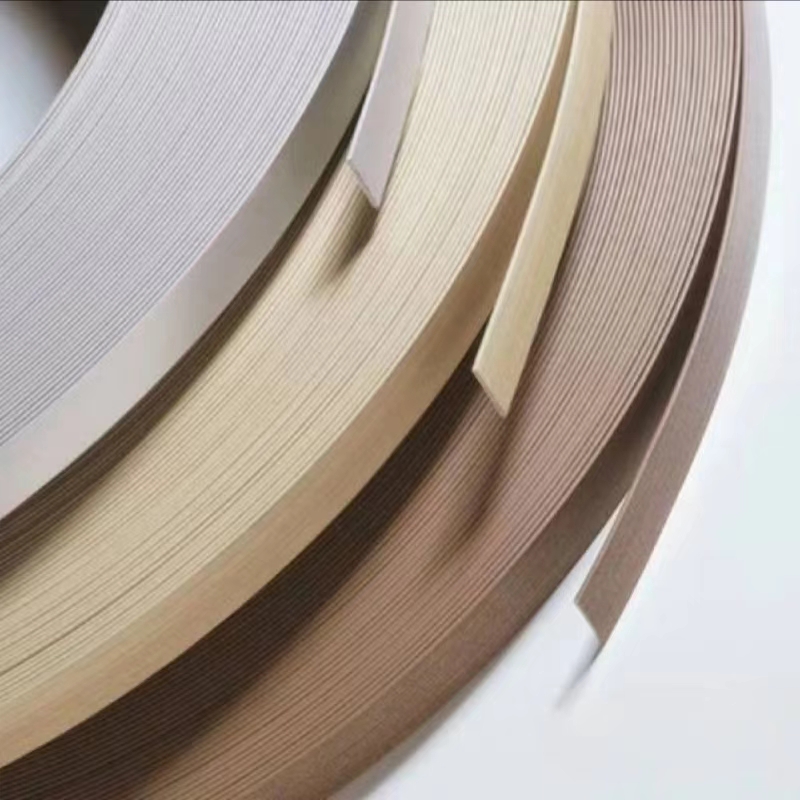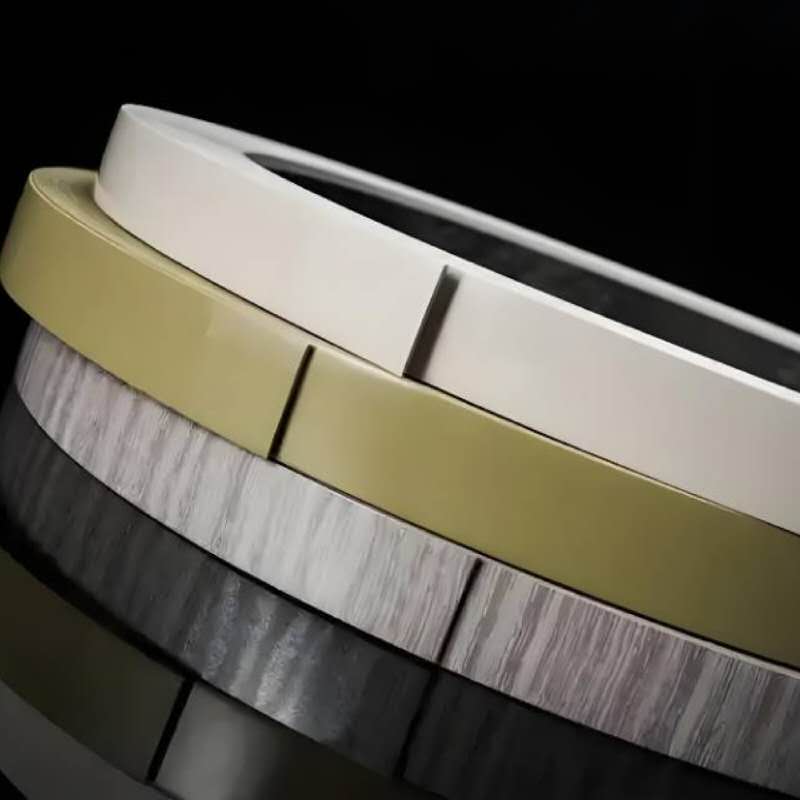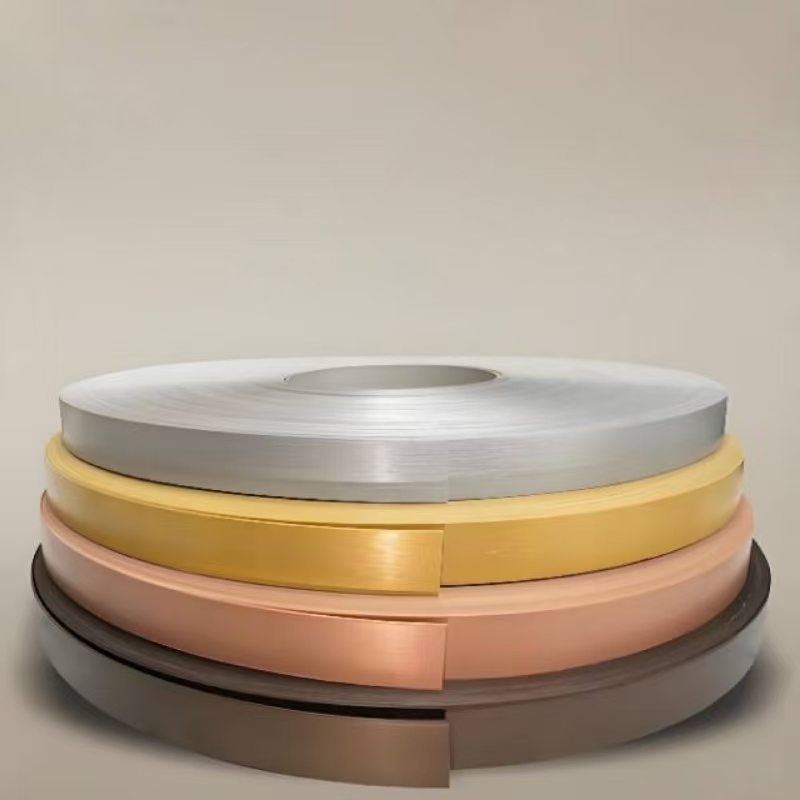Industrial hot melt glue is an adhesive material widely used in various industries. Due to its high efficiency, convenience and environmental protection, it is widely used in packaging, furniture, automobiles, electronics, construction and other fields. However, in the actual use of hot melt glue, many users may have a question: "Is industrial hot melt glue permanent?" This is an important question about the durability of hot melt adhesive, which is related to the performance of hot melt glue in different environments, as well as its applicability and reliability in specific applications.
This article will discuss the topic of "Is industrial hot melt glue permanent?" in detail, from the basic concept and characteristics of hot melt adhesive to the analysis of its durability in use, and further reveal to readers the durability, scope of application and factors that may affect its long-term bonding effect of hot melt adhesive.

What is industrial hot melt glue?
Industrial hot melt glue is a type of adhesive that is liquid at high temperature and quickly solidifies to form a strong bonding layer when cooled. The principle is that hot melt glue becomes liquid when heated, has good fluidity, and can quickly penetrate and adhere to the surface of the object to be bonded. Once cooled to room temperature, hot melt glue returns to solid state and forms a strong bond.
The raw materials of industrial hot melt glue are usually mixed with various polymers (such as EVA, polyester, polyurethane, etc.). Different hot melt glues have different physical properties, so their application occasions are also different. The main advantages of hot melt glue include: no solvent, environmental protection, simple operation, fast curing speed, good bonding performance for various materials, etc.

Is industrial hot melt glue permanent?
To answer the question "Is hot melt glue permanent?", we first need to understand the durability characteristics of hot melt glue. The durability of hot melt glue cannot be simply generalized. It is closely related to many factors. Below we will explore the durability of hot melt glue from several aspects.
Basic curing characteristics of hot melt glue
During the application process, hot melt adhesive is heated and melted, then applied to the surface to be bonded, and cooled and cured at room temperature. During this process, hot melt glue changes from liquid to solid, thus forming a strong adhesive layer. This curing process is rapid, usually completed between a few seconds and a few minutes. However, the stability and bonding effect of hot melt glue after curing will be affected by external environmental factors.
Usually, the adhesive layer formed after hot melt glue is cured does not immediately have the characteristics of "permanence". The bonding strength of hot melt glue may change during use due to external factors (such as temperature changes, humidity, mechanical pressure, etc.), affecting its durability.
The effect of temperature on the durability of hot melt adhesive
Temperature is an important factor affecting the durability of hot melt adhesive. The high temperature resistance and low temperature resistance of hot melt adhesive directly affect its bonding strength and service life. Different types of hot melt glue have different temperature adaptability ranges, and high and low temperature environments will affect the bonding performance of hot melt glue.
● Effects under high temperature: Some hot melt glues may experience a decrease in bonding strength under high temperature, especially for some relatively fragile hot melt glues, high temperature will cause the glue layer to soften, weaken the bonding force, and even fail. Industrial hot melt glue with low melting point such as polyethylene (EVA) is easy to soften at high temperature, so its durability is not suitable for high temperature environment.
● Effects at low temperature: Some hot melt adhesives may become more fragile in low temperature environment and easily fail to bond. Especially in cold areas, if the hot melt adhesive is not selected properly, it may cause the bonding layer to crack or fall off.
Therefore, when choosing industrial hot melt glue, it is necessary to consider the temperature changes in the use environment and choose hot melt glue products suitable for high or low temperature environments.
Effect of humidity on the durability of hot melt adhesive
Humidity is another important factor affecting the bonding performance of industrial hot melt glue. High humidity environment may cause the bonding strength of hot melt glue to decrease or even fail. Especially for water-sensitive hot melt adhesive, the penetration of moisture and water will affect its bonding strength after curing, thereby shortening its service life.
For example, the common EVA hot melt adhesive is sensitive to humidity. In a high humidity environment, the hot melt glue layer may be eroded by moisture, resulting in bonding failure. This is why in some humid environments, it is often necessary to choose hot melt adhesive with stronger water resistance (such as PUR hot melt glue) to ensure the long-term stability of the bond.
Effects of light and UV on hot melt adhesive
Ultraviolet radiation is an important factor affecting the durability of industrial hot melt adhesive, especially for applications exposed to sunlight for a long time. UV rays can accelerate the aging process of hot melt adhesive, making it brittle, discolored, and even causing a decrease in bonding strength. Some hot melt adhesive products may lose their bonding ability when exposed to UV rays for a long time, so it is necessary to consider the impact of UV rays on hot melt adhesive during design and choose the appropriate type of hot melt glue.
Effects of physical stress on the durability of hot melt glue
In addition to temperature, humidity and UV rays, physical stress (such as vibration, tension and compression) is also an important factor affecting the durability of hot melt glue. In some mechanically strong applications, industrial hot melt glue may age or crack due to long-term stress. Especially for those applications that require high stability and long-term use, the resistance of hot melt adhesive to physical stress is very important.
For example, in some applications that need to withstand frequent vibrations, the adhesive layer of industrial hot melt glue may gradually fall off or break over time, so choosing the right hot melt glue and optimizing the design are the key to ensuring the durability of the bond.

Application scope and durability evaluation of hot melt glue
Depending on the type of industrial hot melt glue, environmental conditions and application requirements, the durability of hot melt glue varies. In some applications, hot melt glue can achieve long-term and stable bonding, while in other applications, the durability of hot melt adhesive will be greatly challenged. The following is a durability analysis of several common types of hot melt glue.
EVA hot melt glue
EVA hot melt glue is a common industrial hot melt glue, widely used in packaging, stationery, footwear and other industries. Its main advantages are fast curing and easy operation, but its temperature resistance is poor and it is usually suitable for normal or low temperature environments. EVA hot melt adhesive is sensitive to humidity, so it is not suitable for long-term use in high humidity environments.
In suitable environments, EVA hot melt glue can provide good short-term bonding strength, but due to its insufficient temperature and moisture resistance, it is not considered a "permanent" material and is suitable for applications that require temporary bonding.
PUR hot melt glue
PUR hot melt glue is a polyurethane-based hot melt adhesive. Due to its excellent bonding strength, temperature resistance and moisture resistance, it is widely used in high-demand industries such as furniture manufacturing, automotive industry, and electronic products. PUR hot melt glue can provide a long-lasting bonding effect and is suitable for occasions that require long-term stable bonding.
PUR hot melt adhesive has good durability and can maintain strong bonding strength under high temperature, humidity and chemical corrosion environments. Therefore, it can be considered a more "permanent" industrial hot melt glue, especially for applications with high bonding strength requirements.
High temperature hot melt adhesive
High temperature hot melt adhesive is usually made of polyester, polyurethane or other high temperature resistant materials and is designed for high temperature environments. It can withstand extremely high temperatures (usually above 100°C) without softening and is widely used in the bonding of automobiles, construction and some heavy industrial products.
This type of hot melt adhesive can maintain stable bonding performance in high temperature environments, so it is suitable for some applications that are exposed to high temperature environments for a long time and shows strong durability.

What Are the Pros of Purchasing Hot Melt Glue Directly from a Manufacturer?
Buying industrial hot melt glue directly from a manufacturer like Tingjie ensures better quality control, lower prices, and bulk supply options. As a China-based factory, we provide customized industrial adhesives for furniture production, edge banding, and woodworking industries. Our high-quality raw materials and advanced production lines guarantee consistent performance and durability. Looking for the best supplier for your business? Contact us for quotes and special promotions!




